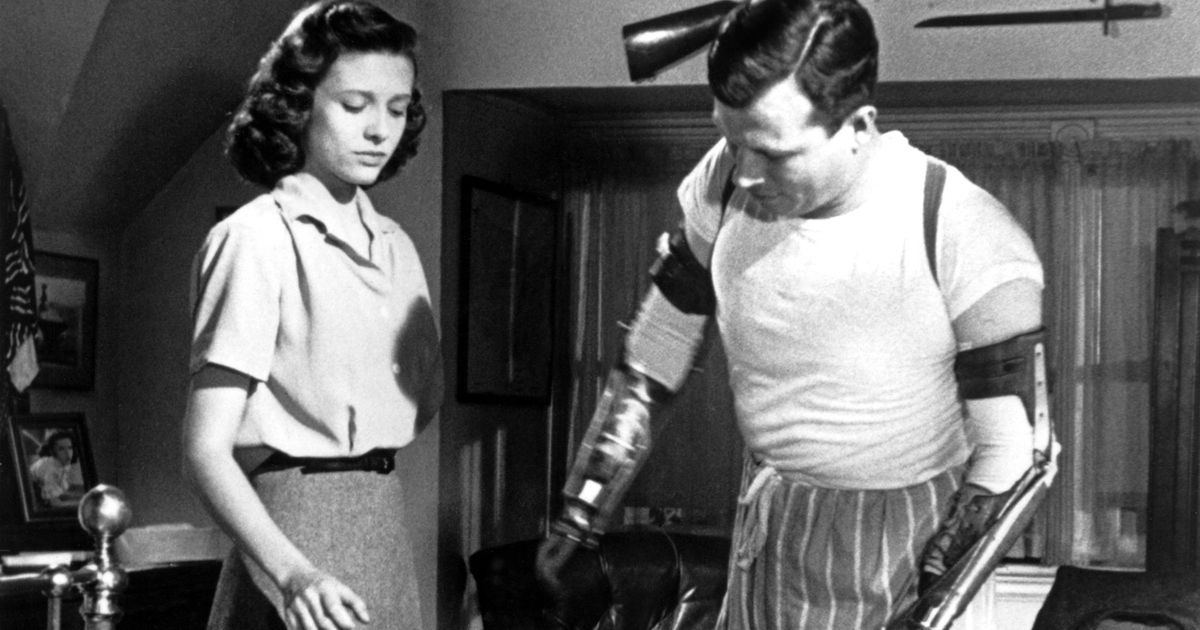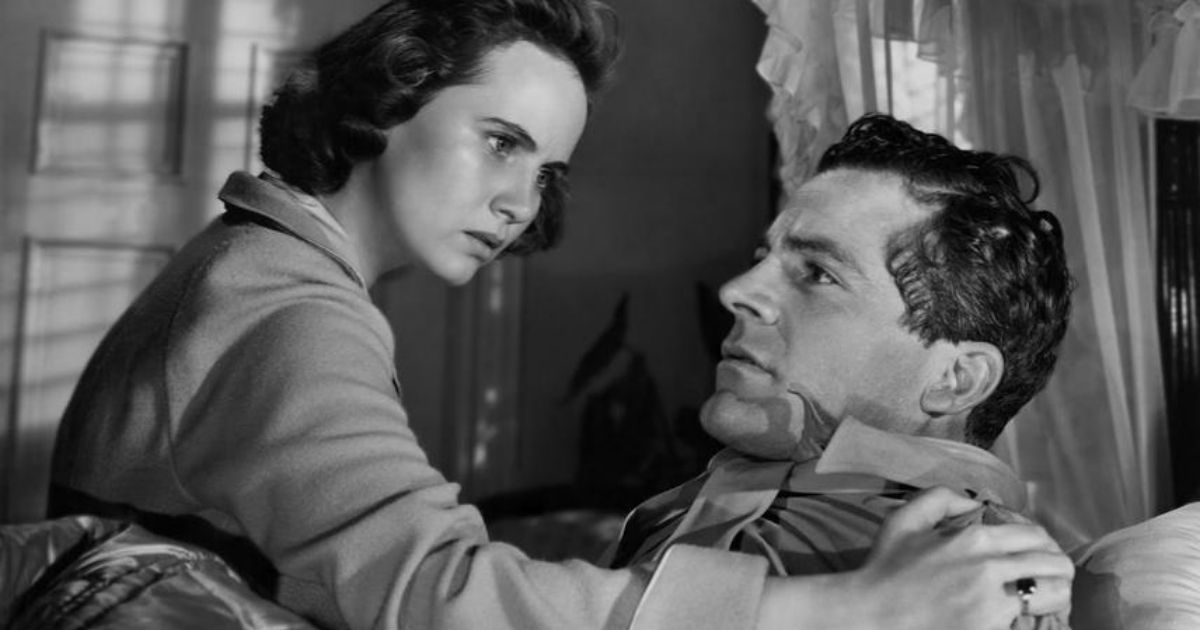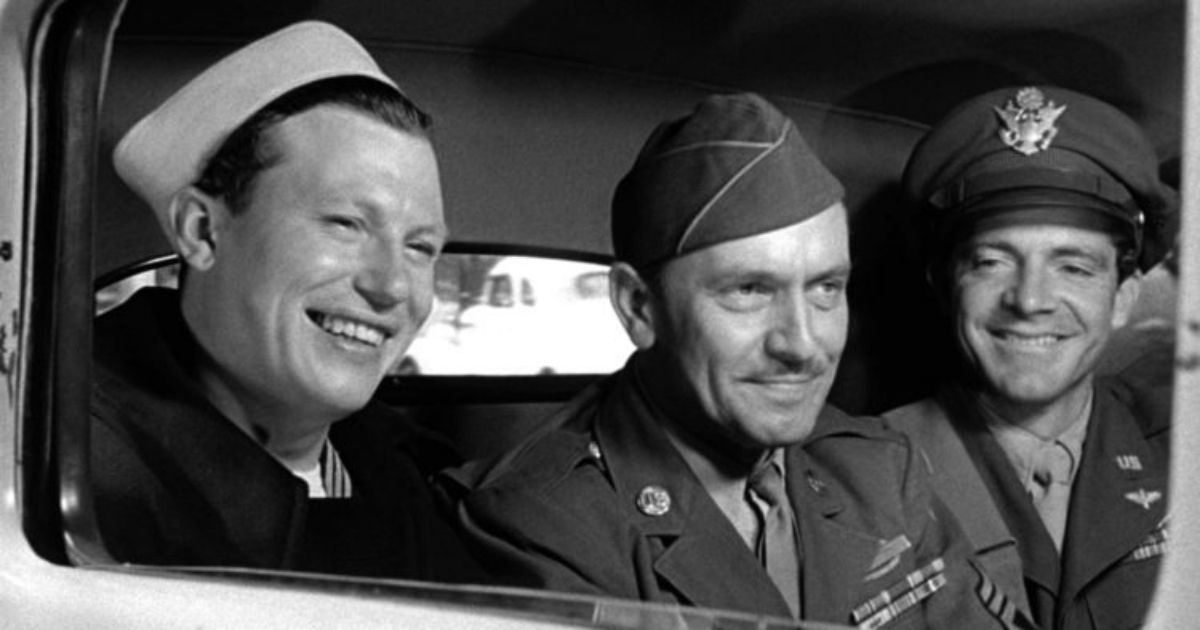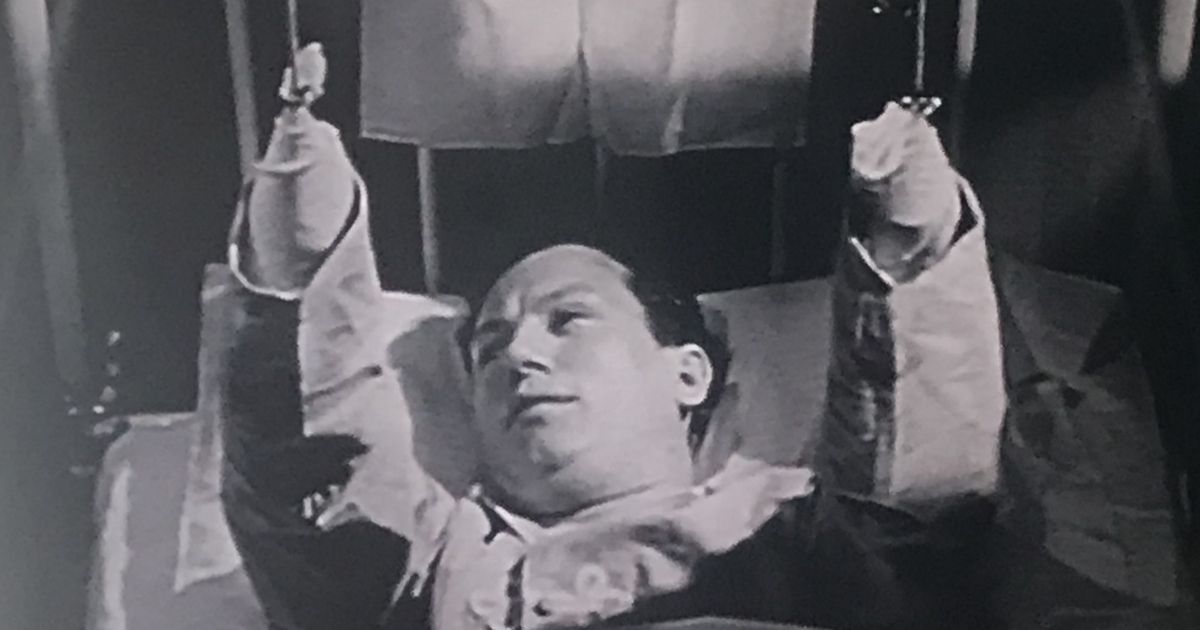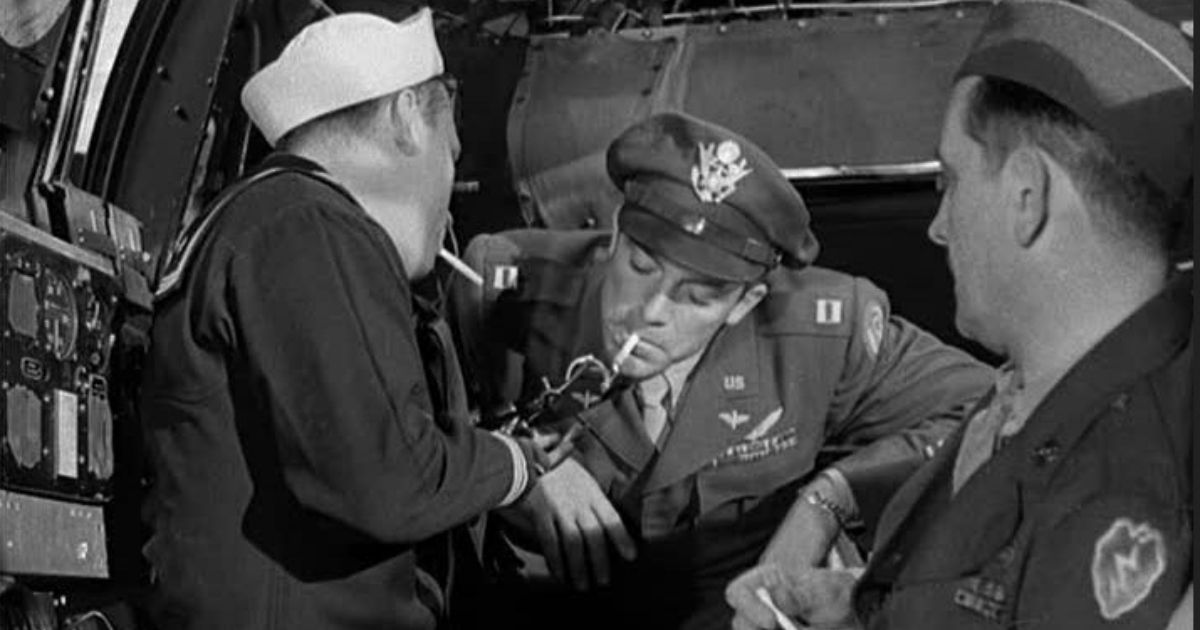Historians will regularly make reference to the struggles of servicemen trying to reintegrate back into society following the conclusion of the Second World War. These real trouble range from PTSD, war-induced disability, and psychiatric disorders, to depression, homelessness, and for some, the battle they faced accepting that the best days of their lives were behind them.
William Wyler’s post-war epic, The Best Years of Our Lives, a title that had a ring of sadistic irony to it, tells the tale of three World War II veterans, Captain Fred Derry (Dana Andrews), Al Stephenson (Fredric March), and Homer Parrish (Harold Russell). The highest-grossing film of 1946 follows the three men as they attempt to adapt to the prosaic mundanity of civilian life after war. Each of the former soldiers must confront their own reality, having been affected by the war in diverging ways, but one of them resonated so much with audiences and critics that it led to a historical occasion.
The Best Years of Their Lives
Fred is the first of the soldiers, a decorated war hero who is simply unable to compete with higher-skilled workers than himself, and therefore is consigned to his old, unfulfilling low-wage job as a soda jerk suffering with severe bouts of PTSD. There's Al, a bank manager who finds himself in choppy waters when he starts giving preferential rates to fellow veterans as he turns to the bottle to ease his woes. Finally, there's Homer, whose extreme physical impairments, after losing both of his hands during the war, finds his freedom is restricted and questions why his fiancé wants to be with him.
The Best Years of Our Lives is a deeply affecting, authoritatively personal account of the experiences of soldiers returning from the horrors of war. These men are just expected to somehow abandon the scarring memories of killing, death, and mass loss, and casually slot back in from where they left off. It's a heavy movie, made all the more impressive by the fact that it premiered with the war fresh in everyone's mind.
Unsurprisingly, Wyler’s beautiful picture was a massive hit both commercially and critically, winning a whopping nine Academy Awards at the 1947 Oscars. Aside from Wyler and company’s staggering haul, the film achieved an unprecedented first, with Harold Russell winning two Academy Awards for the same role, a feat that hadn’t been reached before, and one that hasn’t been equaled since. After scooping the prestigious prize for Best Supporting Actor, Russell also won the Academy Honorary Award, which relates to extraordinary distinction in lifetime achievement.
World War Two and Russell's Injury
Prior to the Japanese assault on Pearl Harbor, Harold Russell was a food market worker in Massachusetts. After being so moved by President Franklin D. Roosevelt’s “Day of Infamy” address, he enlisted in the Army the next day, and was subsequently deployed as an Army Instructor bedding in new recruits of the 13th Airborne Division. In a freak accident while teaching demolition work, Russell’s hands were significantly wounded after a defective explosive detonated as he was handling it.
Following surgery to amputate what was left of his hands, Russell was consequently given two hooks as replacements. Just 30-years-old, and as a double-amputee, Russell was facing a life of limited future prospects, falling into a deep depression in the process. Scarred by his disfigurement, doctors offered him the superficial solution of plastic hands to compensate for the shocking nature of his injuries. Declining their suggestions, Russell opted to utilize two Captain Hook-esque prosthetics; while not as aesthetically pleasing, the market worker-turned-actor maintained that he was purely focused on their functionality.
How Russell Landed The Best Years of Our Lives
After Wyler saw Russell in the 1945 United States War Department documentary, Diary of a Sergeant (seen above), the legendary director was so enamored with the former soldier’s nature, that he approached Russell wanting to cast him in his upcoming movie, The Best Years of Our Lives.
Despite Russell’s initial reluctance, rejecting the role on several occasions due to his complete lack of acting experience, he eventually agreed to feature. Determined to depict the lives of soldiers post-war with as much authenticity and truth as possible, Wyler believed Russell’s past military service and disability would help him achieve this.
Harold Russell's Wider Impact on Film and Society
Russell, who was fundamentally a non-actor, wowed voters for the Academy Awards. While Russell was nominated for Best Supporting Actor, the Academy considered him a long-shot compared to the actual actors competing for the award, so they presented him an Honorary Oscar for his remarkable work, wanting to honor the man. However, it turned out that enough people had actually voted for Russell, so he went on to win the acting award as well, becoming the only actor who has won two Academy Awards for the same performance.
The unparalleled procurement of two Academy Awards, indisputably, changed Harold Russell’s life for the better. Not only did it propel his name into Hollywood and Academy folklore, but it was also a catalyst for greater awareness and acceptance of disability in the United States. After the staunch success of The Best Years of Our Lives, Harold would only go on to make a handful of cameo appearances in feature films, and network television dramas, essentially vanishing completely from stardom.
Yet, it was his work outside the acting sphere that was arguably his most profound. Serving as the chairman on the President’s Commission on Employment of the Handicapped, as well as acting as vice-president for the World Veterans Fund, his charitable works were both notable and significant. Russell challenged the stigma around disability in Hollywood, and gifted a voice and visibility to those who were and are physically handicapped.

